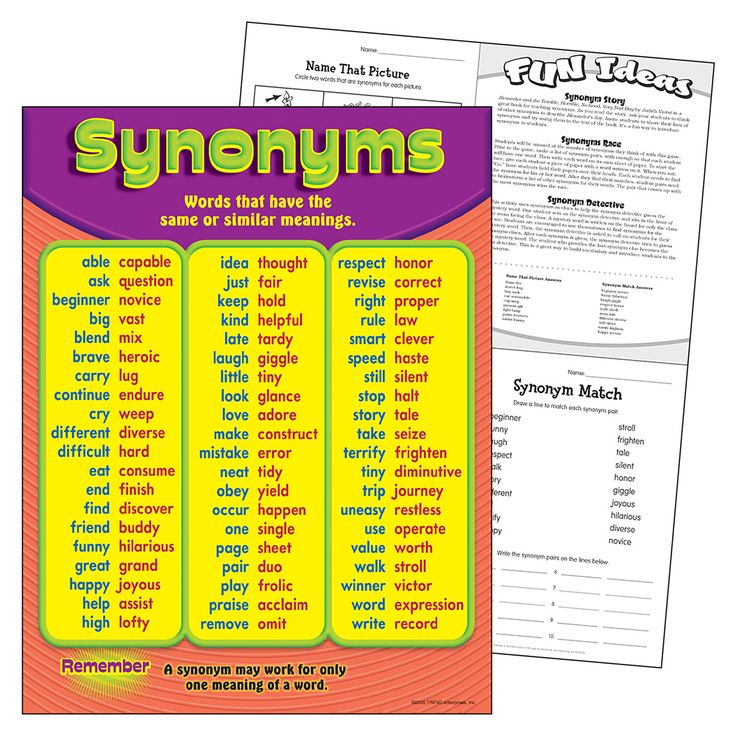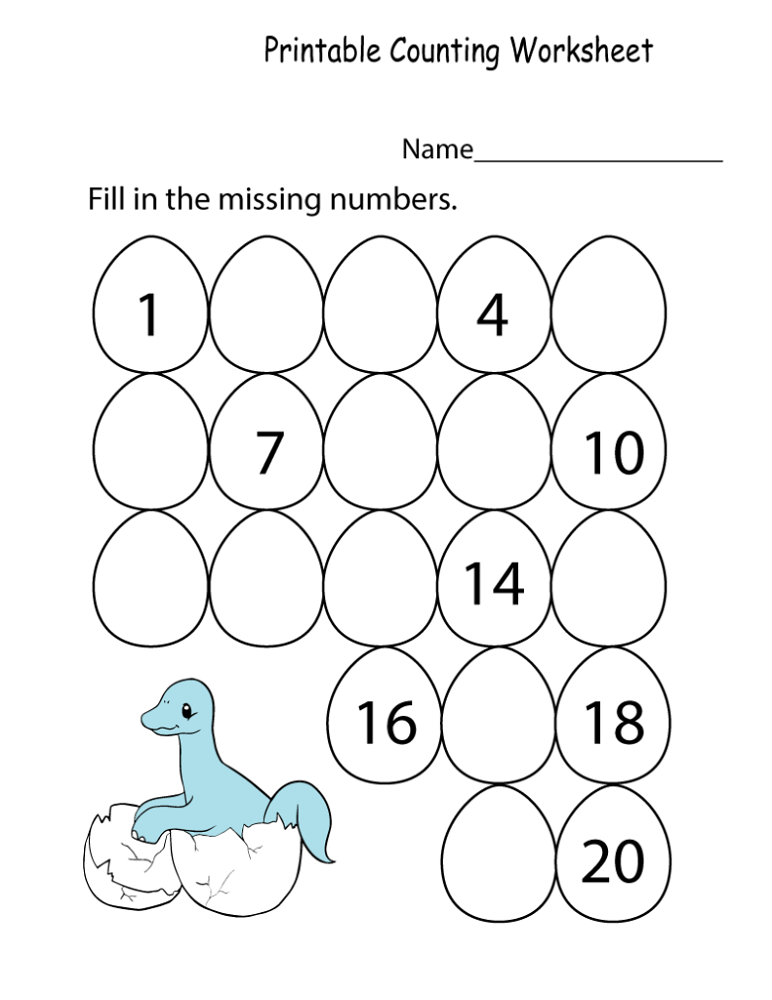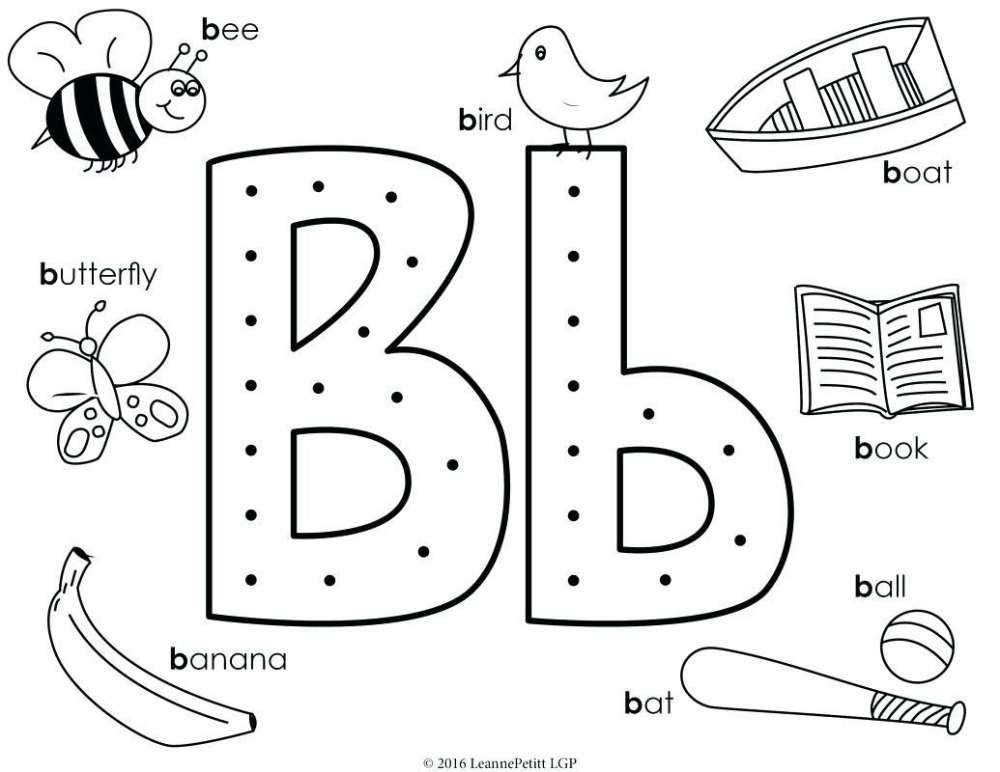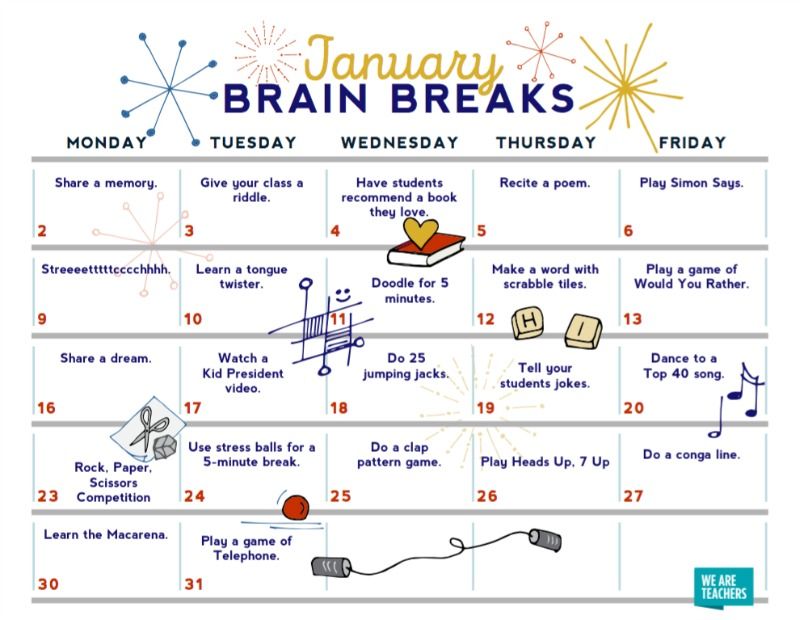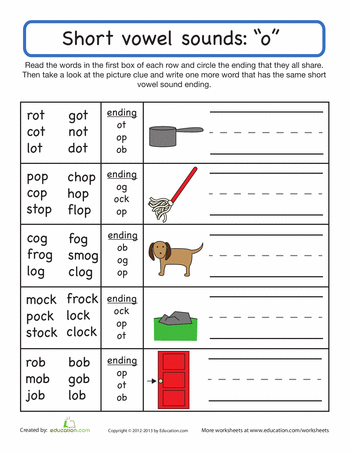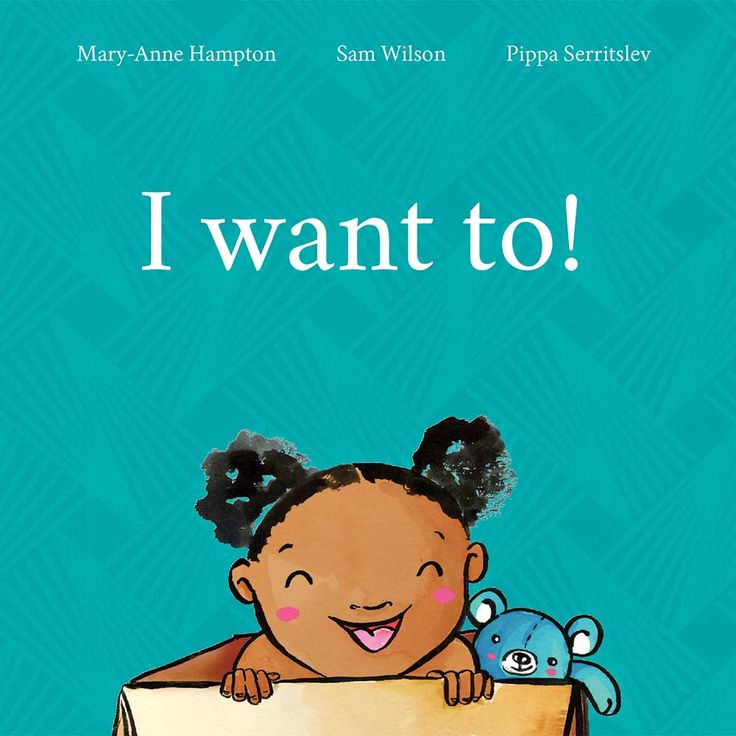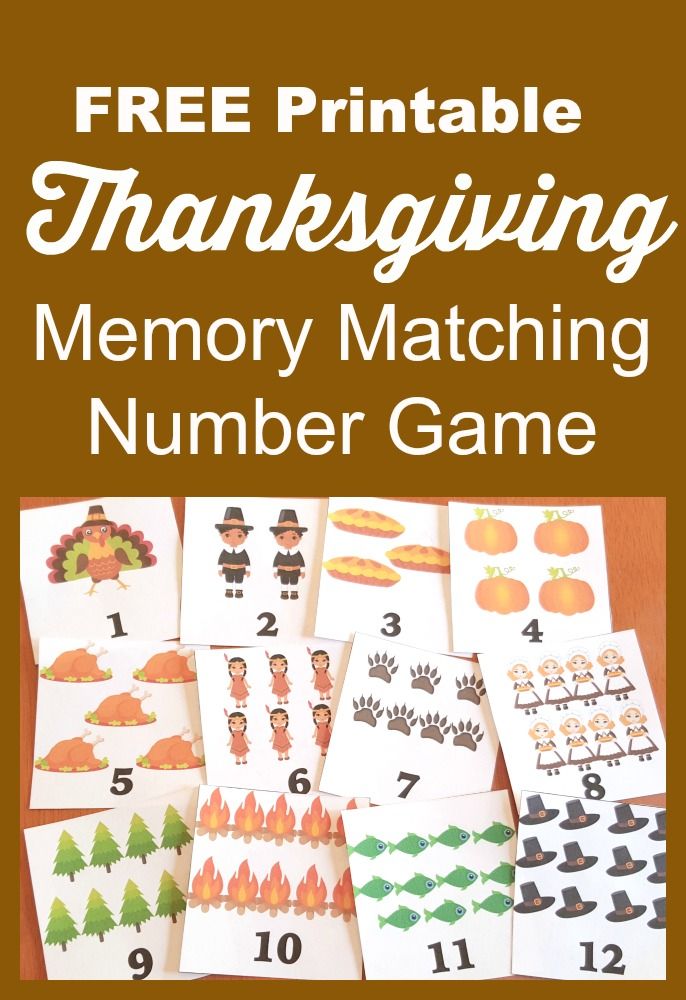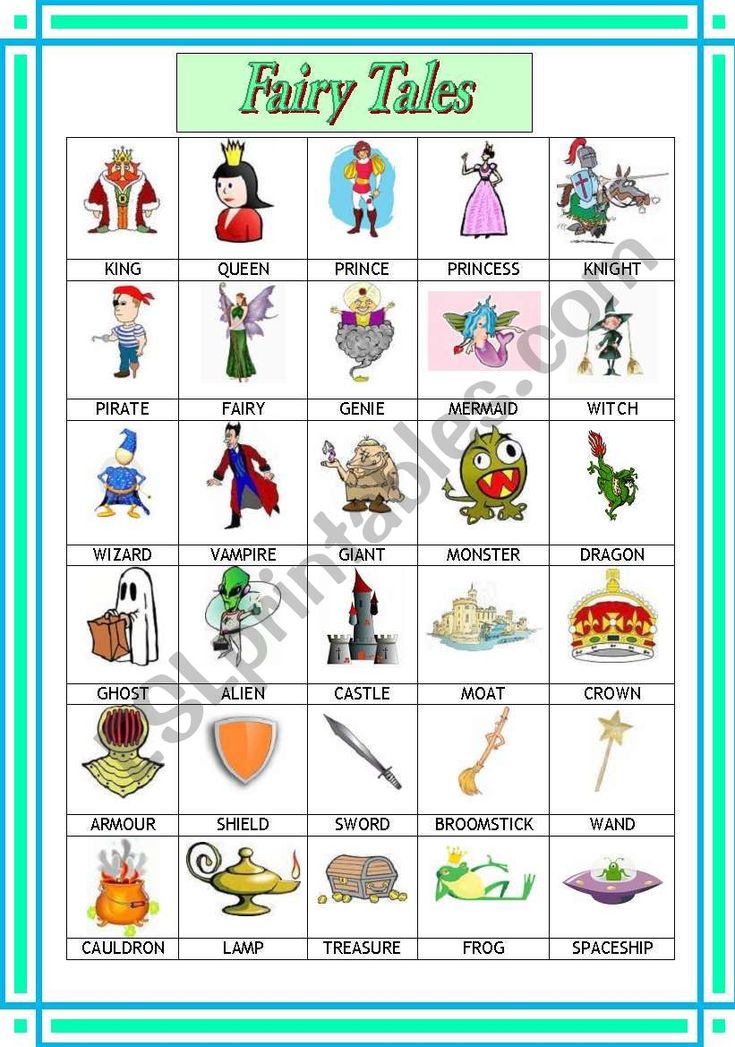Make believe games
6 make-believe games to boost your kids' imaginations
What can we help you find? ArrowLeftRed SearchRed SearchClose
BackGadgets can be so exciting, but imaginative play is where the real fun happens. Plus, the land of make-believe is brain-boosting and can help children with social and emotional development. It’s screen-free, but children will get into the spirit of make-believe, especially when you let them make the important creative decisions.
“Spontaneity is the name of the game,” according to Dr. Michael Amster, pediatrician and founder of Warrenton Pediatrics in Virginia. “The best imagination-cultivating activities are ones in which the child drives the play. Setting the stage for them starts to define the rules.”
Parents and babysitters alike can use these six ideas and activities to set a child’s imagination in motion.
1.
Kids will love the fast pace of charades, with each player having just one minute to act out their item or character. Jot down a few simple charades words such as “eating,” “bowling,” “reading” and “laughing” on pieces of paper that can be folded in half and put into a hat. If the kids are older, include more complex characters like “pirate” and “queen.”
2. Put on a show
Sher Sheets, a Chicago nanny with more than 10 years of experience, says her go-to strategy is to have children put on a show. “Kids always surprise me with their craft and ingenuity when I ask for a show,” she says. “From puppets and talent shows to mysteries and everything in between, I’m always impressed. It’s as though they’re just waiting for the challenge.”
Have your kids take turns designating a director. That way, each one can express their creativity.
3. Role-play
Pretending to be ninjas, princess-warriors and doctors can be super inventive, but creating roles can also let kids discuss emotions they might not understand yet, explains Cheryl Lawrence, a certified child life specialist at Inova Fairfax Hospital.
“When we provide these types of opportunities,” says Lawrence, “children feel safe to explore and grow and make sense of the world around them.” For instance, in a game of “doctor and patient,” questions like, “The patient seems really scared. What is she thinking right now?” or “What can help her when she is scared?” allow children to understand emotions from other perspectives.
4. Add a new twist to a favorite story
Try having your kids tell a favorite story and add a surprise ending. They can take turns deciding which direction their adventure will go. Give the example of an old classic with a varied ending or cameo appearance from a character in another story.
Once the surprise ending is complete, have the next player start over from the beginning with a new ending in mind.
5. Dress up like adults
Keep all of your old flip phones, ticket stubs, purses, eyeglasses and picture IDs to put in a “grown-up bag” for your kids. Add a wallet with a few dollars of real cash to lend the perfect amount of authenticity. The real bills and coins will spark their imaginations for the perfect make-believe game of “grown-ups.”
Add a wallet with a few dollars of real cash to lend the perfect amount of authenticity. The real bills and coins will spark their imaginations for the perfect make-believe game of “grown-ups.”
6. Create a business
Are the kids business savvy? Ask them to create their own restaurant (or ice cream shop) and to give them creative names. Then have them design menus to include appetizers, entrees, desserts and drinks along with prices for each item. They will have fun coloring and decorating the menus to suit their restaurant’s theme.
After they’ve finished their menus, have them draw a floor plan for how they’d set up the restaurant. Revisit this activity often, and see how your kids build upon or modify the businesses over time.
Remember, the most important element in encouraging a child’s imagination is letting them make the decisions. Pretend play not only strengthens emotional and social skills like improvisation and empathy, but it also gives kids a chance to build strong problem-solving abilities. And those are powers your little actor can’t make up!
And those are powers your little actor can’t make up!
Like what you're reading?
Join Care for FREE
EmailPlease enter a valid email address
Click 'Next' to start an account and get tips, tricks and trending stories.
Already Registered
The email address you entered is already registered. Would you like to log in?
Log in
Almost done!
Join Care for FREE
Create a free account to access our nation wide network of background checked caregivers.
First Name
Please enter first name
Last Name
Please enter last name
Zip CodePlease enter a valid zip code
By clicking "Join now," you agree to our Terms of Use and Privacy Policy.
Welcome to Care!
You're on your way to finding someone your family will love.
Start now
The Importance Of Make-Believe Play For Children
Children often use their imagination to turn everyday objects into something extraordinary.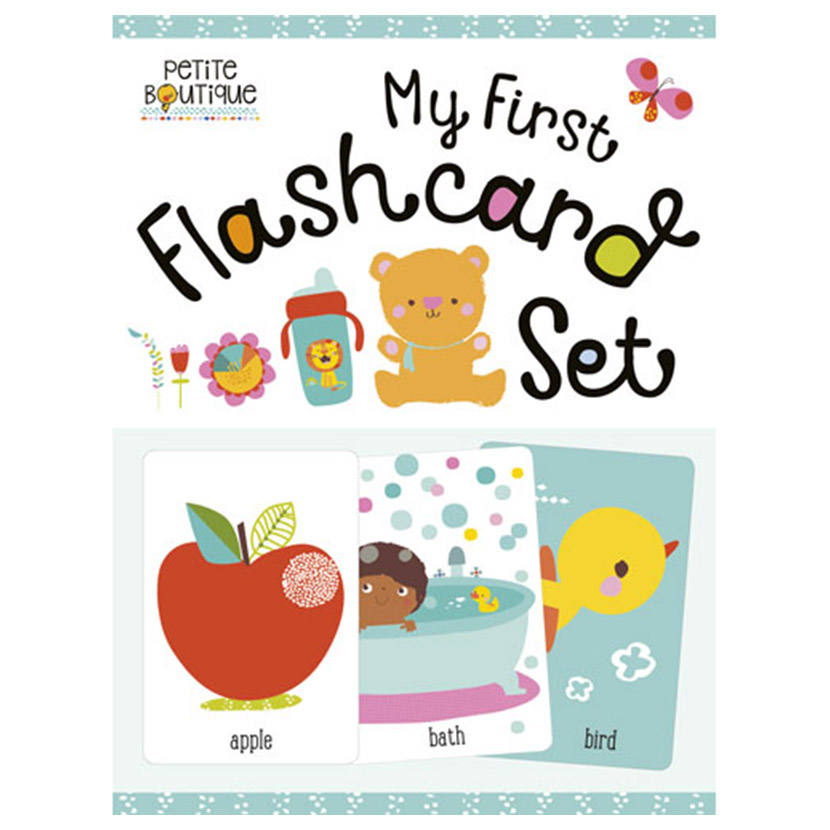 With simple props, they can create unique worlds and dive into adventures of their own making. This type of make-believe play is essential for kids’ development.
With simple props, they can create unique worlds and dive into adventures of their own making. This type of make-believe play is essential for kids’ development.
To help you better understand the value of pretending, let’s look at what make-believe play is and how it benefits your child. You’ll also find tips for encouraging imaginative play.
Table Of Contents
- What Is Make-Believe Play?
- Your Child’s Imagination At Different Ages
- Benefits Of Make-Believe Play
- Tips To Encourage Imaginative Play
What Is Make-Believe Play?
Make-believe play, also called pretend or imaginative play, is when children use their imaginations to create new worlds and adventures.
This could be as simple as playing house with a few dolls or using a box as a fort. The possibilities are endless!
Here are three common ways you’ll see your child pretend:
- Role-Playing: When kids take on a different persona and pretend to be someone besides themselves, they’re role-playing.
 They could be something real, like a doctor, or imaginative, like a dragon or unicorn.
They could be something real, like a doctor, or imaginative, like a dragon or unicorn. - Object Substitution: This is when kids use one object as a different one. For example, kids might grab a rectangular block or a baby rattle instead of reaching for an actual phone to make a pretend call.
- World Creation: While some make-believe play involves the natural world and familiar objects, other times, kids use their imagination to create an entirely new world. This fantasy element of play allows them to try new things and experiment with ideas.
As you can see, make-believe play can be pretty complex, but it allows your child to pretend to be or do anything!
Your Child’s Imagination At Different Ages
Your child’s imagination grows and develops over time. For example, a baby can’t make believe the same way a preschooler can. To help you know what to expect at each age, here’s a quick look at how your child’s imagination develops over time.
The First Year
During the first year, babies engage in simple make-believe play. They’re starting to understand that objects have specific uses. For example, as they play, they might put a toy phone to their ear and babble, mimicking what they see their parents do.
The Toddler Years
In the toddler years, kids begin using their imagination more complexly. For example, they might start pretending to feed a doll or animal or engage in make-believe games with other children.
Toddlers also begin to understand that objects can have multiple uses. For instance, they might try using a block as a phone or a hairbrush. As a result, object substitution becomes more common at this age.
The Preschool Years
As kids enter preschool, their dramatic play becomes even more elaborate. They might have extended conversations with their toys, use props to create a scene, or play dress up. For example, a child might set up a fake store and sell goods to their parents.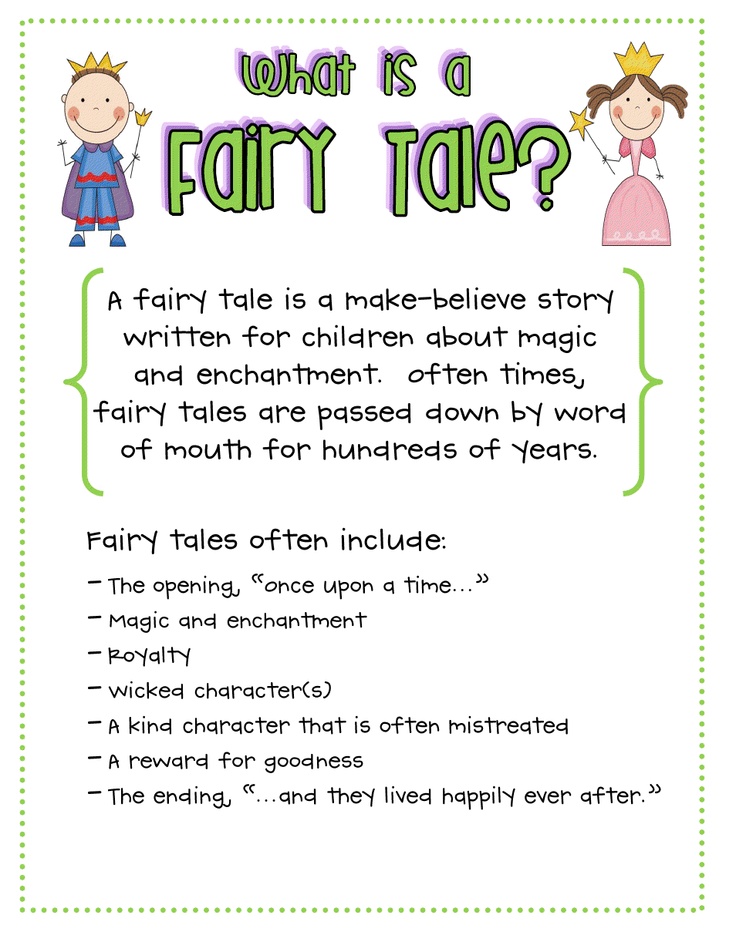
Additionally, preschoolers understand that they can use objects for something other than their intended purpose. They also begin experimenting with imaginary things or playmates.
The Elementary School Years
When kids grow and enter elementary school and beyond, their ability to make-believe develops further. They might work with friends to create a new world, invent a secret language, or write stories about their made-up characters and their adventures.
Benefits Of Make-Believe Play
Make-believe play has many benefits for children. Here are a few reasons this type of play is good for them.
Encourages Social-Emotional Development
Make-believe play allows your child to practice critical social skills, such as sharing, turn-taking, and communication. It also enables them to express their emotions in a safe and controlled environment.
As they play, your child can develop empathy and understand the perspectives of others. For example, if they pretend to be a doctor, they must consider how their patients feel and ensure they stay calm and collected while examining the injury.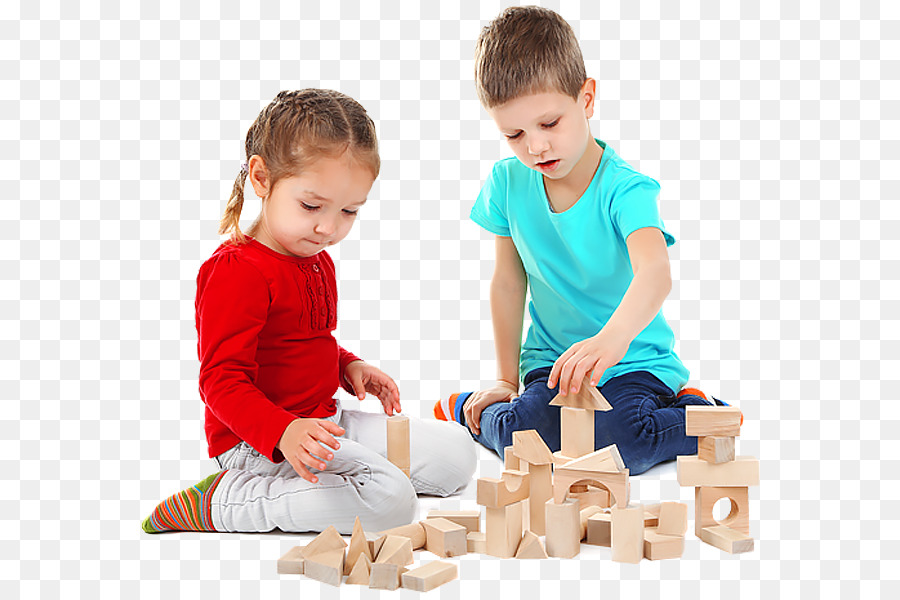
Boosts Creativity
Make-believe play is a great way for kids to be creative. As we mentioned above, it allows them to experiment with different ideas and try new things.
And since they’re pretending, your child has the freedom to make mistakes without worrying about the consequences. This can help them feel more confident in their creative ideas in other areas of their life.
Enhances Communication Skills
Pretend play gives your child a chance to practice communication skills. As they play with others, they’ll need to use their words to explain their ideas. Negotiation also happens as they try to devise rules everyone can agree to follow.
Additionally, your child can communicate with their toys even if they’re playing alone using sounds, words, or non-verbal communication, like facial expressions.
Develops Fine And Gross Motor Skills
While your child plays, they’ll use their muscles and develop their motor skills. For example, when they dress a doll or stack up blocks to make a castle, they work on fine motor skills and strengthen their fingers.
Kids also build their gross motor skills while playing. For example, they use large muscle groups if they run around or jump. Even simple movements, such as clapping or waving, help them develop coordination.
Provides Opportunities For Critical Thinking
Make-believe play helps kids learn to think outside of the box. They practice critical thinking by evaluating different options and experimenting with new ideas.
This type of play also allows kids to solve problems on their own. For example, if their block castle keeps toppling over before the princess gets inside, they’ll need to figure out how to fix it. As they find solutions, they develop essential problem-solving skills.
Tips To Encourage Imaginative Play
While many children naturally engage in make-believe play on their own, there are some things you can do to encourage it.
Start Off Playing Together
You can help your child get their imagination going by playing with them for a few minutes. Set them up with a simple scenario and a few props, such as a block city or a tea party. Costumes are great, too, and they don’t have to be elaborate. Anything you have at home will work.
Set them up with a simple scenario and a few props, such as a block city or a tea party. Costumes are great, too, and they don’t have to be elaborate. Anything you have at home will work.
Once you have your props and costumes all set, it’s time to play together. While you can sometimes step back at this point depending on the activity, continuing to play with your child offers a great bonding opportunity and is a lot of fun!
Let Your Child Take The Lead
When your child is ready, let them be in charge of playing. This means following their lead, even if it doesn’t make sense to you.
If they want to pretend that a block is a monster, go with it! If they want to serve you tea in a tiny toy cup, that’s fine, too. It’s their playtime, so let them decide what happens.
Tell Stories Together
Encourage your child’s imagination by telling stories together. Make up a story about anything, whether it’s going on a safari or visiting outer space.
As you tell the story, involve your child as much as possible.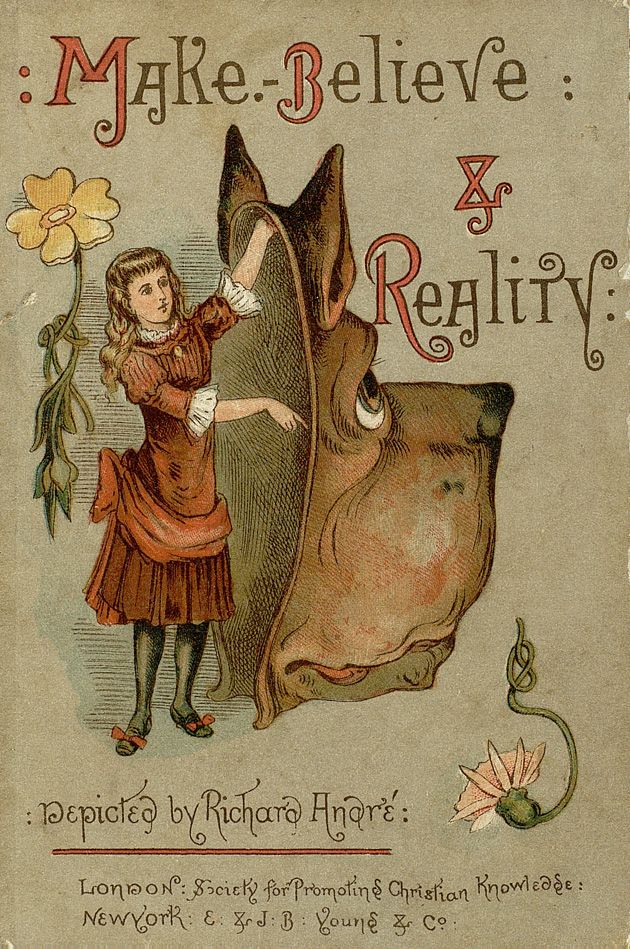 Let them choose what happens next or what their character does. This will help them feel more engaged and allows them to create make-believe scenarios.
Let them choose what happens next or what their character does. This will help them feel more engaged and allows them to create make-believe scenarios.
Provide Creativity-Enhancing Props
To help your child’s imagination run wild, provide props they can use in various ways. For example, stuffed animals can become babies, patients, or tea-party guests.
Paintbrushes, crayons, and other art supplies are also great for imaginative play. Your child can use them to draw pictures, write stories, or even create their own props.
But don’t feel like you need to buy a lot of materials for your child to be creative. An empty box can become a boat, a car, or a fort. And a pile of blankets can become a cave, a superhero lair, or a princess castle.
If you want to purchase a few things to help encourage this type of play, look for open-ended toys. These toys can spark your child’s imagination as they play.
For example, our HOMER Mail Adventure Learn and Play Kit comes with materials your child can use to pretend they’re running a post office.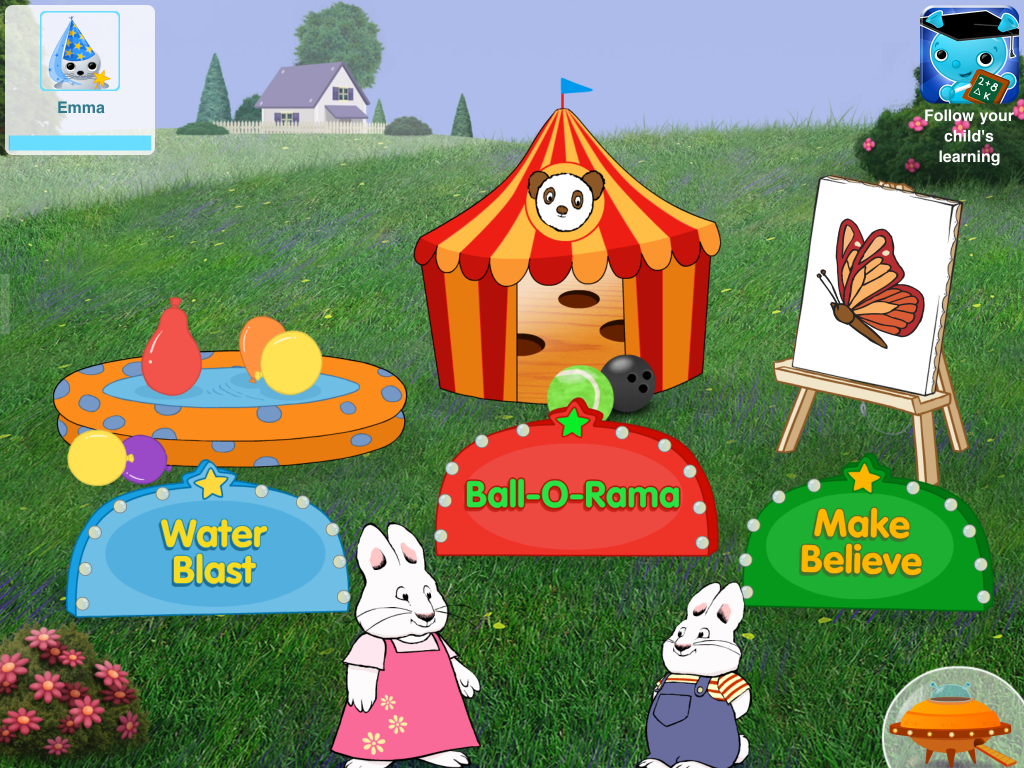 They can write letters to other family members and deliver them around the home, pretending to be a mail carrier.
They can write letters to other family members and deliver them around the home, pretending to be a mail carrier.
Let Your Child To Explore Their Surroundings
One final way to encourage make-believe play is to let your child explore their surroundings. This means getting them outside as much as possible and letting them experience different places and things.
Visit the beach, go for a hike, or explore a park. Point out things that might be fun to use in a game of pretend. For example, you might say, “Look at all these rocks! We could make-believe we’re scientists searching for a rock that has magical powers.”
Exposing your child to new places and experiences will help them develop new ideas for make-believe play.
Anything Is Possible When You Play Pretend!
Kids dressed in pirate costumes and hats with treasure chest, spyglasses, and swords playing on wooden raft sailing in a river on hot summer day. Pirates role game for children. Water fun for family.
Make-believe play is an integral part of childhood development. And at HOMER, we encourage this type of play through our educational apps and other products.
Let your young child explore their feelings and boost their creativity as they interact with our Learn With Sesame Street app. Then, as they age, they’ll appreciate the ability to create scenes from their imagination in our Learn & Grow app.
No matter how you encourage it, make-believe play is an excellent way for your child to build essential skills and have fun at the same time!
Author
Little secrets of game designers that make the player hate your game a little less / Sudo Null IT News behavior", where any game designer could share their in-game "chips".
This thread has received a huge amount of feedback and could serve as a great collection of all sorts of game design tricks, such as:
- In Hellblade , the pre-game warning was carefully crafted to make players believe that the game triggers a permadeath system if the player dies too often, when in fact it doesn't.

- Pacman can go around corners more quickly than ghosts, giving the player a slight advantage.
- In many shooters, the last health points are worth more than the rest of the gauge to enhance the feeling of "surviving on the edge." For the same purpose at System Shock The last bullet will deal 4 times more damage than the rest.
- Conversely, Shadow of Mordor slightly increases the health of some enemies to make fights last longer.
- In Bioshock and Devil May Cry , when behind the player, enemies slow down their attacks.
- In Xcom , if you miss many times in a row, the player will receive a hidden bonus for subsequent shots. Also, if players remain passive for too long, the enemies will increase their aggressiveness. nine0010
- Looks like there are pity timers in Heartstone . Many other games infamously used them in earlier years.
- In Resident Evil 4 , after too many deaths, fewer enemies will spawn to give the player a better chance of completing a difficult episode.
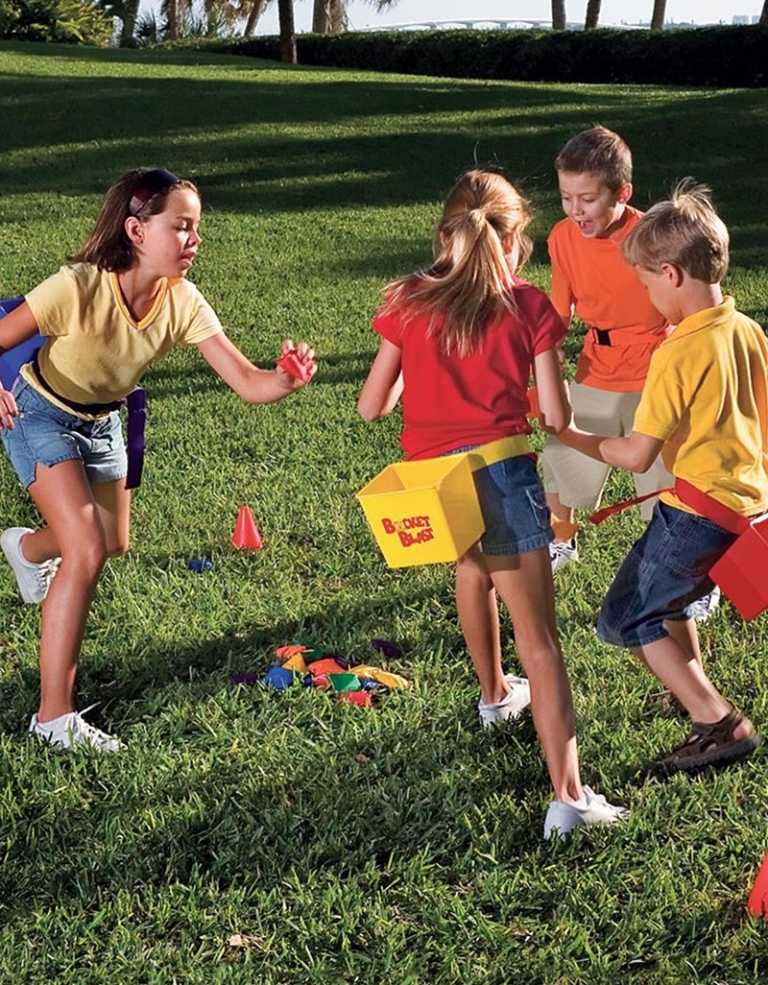
- Any racing game has implemented adaptive AI to make the competition tougher.
The list goes on and on. This is a real storehouse of tips from successful game designers. nine0003
In this article, we will delve further into this topic and try to capture the meaning of such tricks through the prism of the player's experience.
What is all this for?
First of all, let's figure out why developers cheat at all. Wouldn't the game be better without these artificial tricks?
Well, let's start with the fact that games and their rules themselves are already artificial. Over the decades of gaming, gamers have learned that there are certain paradigms that can only be applied in the gaming world and nowhere else. nine0003
Just think about it: the hero of any platform game has nothing to do with holding on to a ledge at his fingertips, making a double jump or changing the direction of flight. In shooters, a shot to the heart is less lethal than a shot to the head, and a silencer completely eliminates the sound of a shot. Racing games show that off-road supercars go slower, and that's all, and fences and street lights can be easily demolished. RPGs have taught us that every quest you complete comes with a reward and recognition that real life can never guarantee. nine0003
In shooters, a shot to the heart is less lethal than a shot to the head, and a silencer completely eliminates the sound of a shot. Racing games show that off-road supercars go slower, and that's all, and fences and street lights can be easily demolished. RPGs have taught us that every quest you complete comes with a reward and recognition that real life can never guarantee. nine0003
In this article, we will not talk about classic game tropes that define genres or specific games. Instead, we will focus on tricks that are hidden from an outside observer - when developers hide something from the player, or even lie directly to him.
Why do they need it?
In fact, there are many good reasons for this:
- To be "fair" with the players;
- To make players feel in control of the situation; nine0010
- To create or maintain tension;
- To force players to spend more time in the game;
- To create more variety in the game;
- To control the behavior of certain players.

And so on and so forth.
The quotation marks in the first paragraph are not accidental: players are, first of all, people with many prejudices and shortcomings. The thing is, they don't want real justice. A very good example to illustrate this is the displayed probabilities that can be found in many games. Like in this screenshot from Xcom2 :
99% hit chance! Safe enough, but still not perfect, because there is still a 1% chance of a miss. Unfortunately, most people don't understand statistics very well, especially when it's not on their side. On many forums, players complain about the terrible game system due to the fact that they did not hit the target, although the chance of hitting was 90%. But a miss is possible only in 1 case out of 10 - not so often!
At the same time, interestingly, no one complains when a successful attack had only a 5% chance of success. No, everything is fine here, the player was just lucky! Is not it? nine0003
This brings us back to the question of whether this kind of thing is worth putting into the game.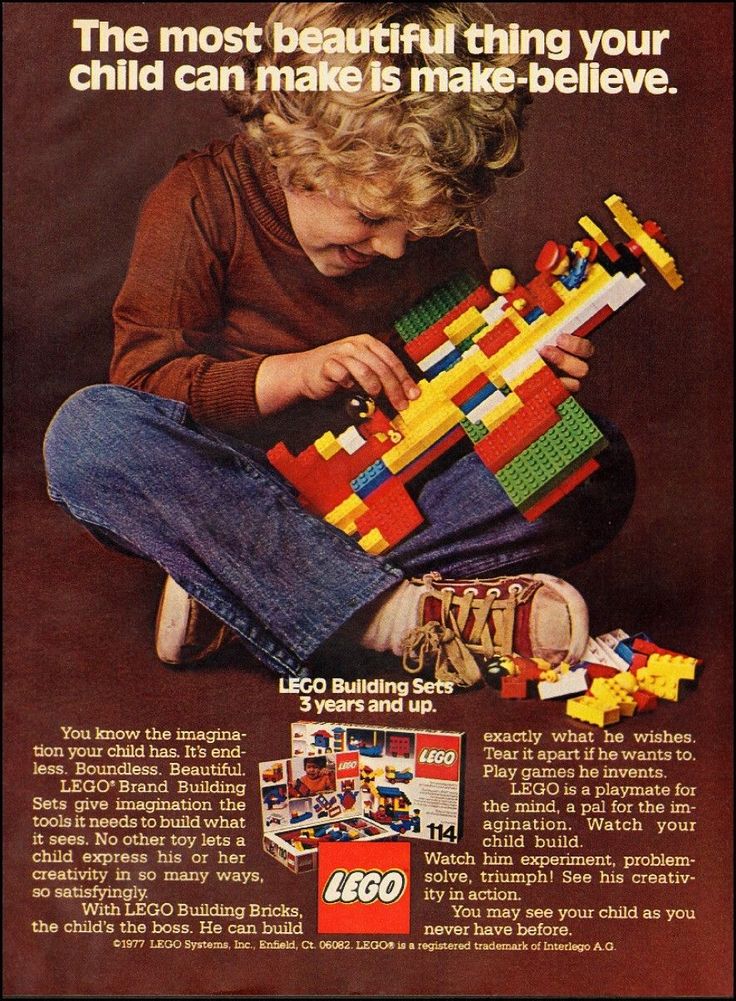 First of all, let's deal with the motives that make game designers resort to such tricks.
First of all, let's deal with the motives that make game designers resort to such tricks.
The most important of them is quite trivial: in fact, the players are simply spoiled.
How game mechanics spoil the player
Let's start with the most common trick: preventing the player from failing by convincing them that they survived solely because of their incredible gaming skills (or luck). This happens in one way or another in almost every game:
- Most PvE shooters have an auto-miss feature for enemy AI: if the player is low on health or hiding behind cover, enemies will constantly miss. This keeps the voltage high as bullets whizz around, but the player remains confident that they can handle it.
- Also, auto-misses can be enabled at the beginning of the fight - you don't want the player to get a control to the head literally out of nowhere. Instead, the enemy units will first fire several shots into the milk, thus letting the player know about themselves.
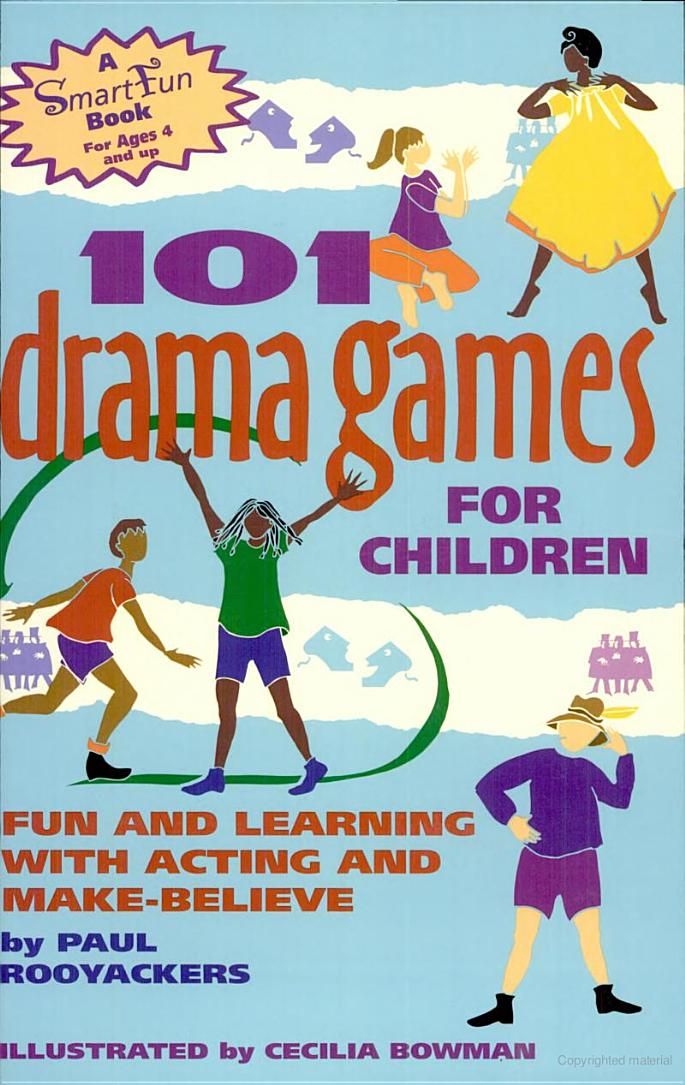 nine0010
nine0010 - In Half-Life 2 , the developers went even further, and auto-misses here also take place in the direction of special targets: for example, exploding barrels or heavily rattling surfaces.
- Games like DOOM will show the player's health bar almost empty for a long time, although in reality there will be a little more life left, all to enhance the drama of certain moments in the game.
- B Control the game will never kill the player until they are on the brink of death. A missile that should have killed the player will instead leave them with one health point to finish them off with their next hit.
There are a million more such examples (and we didn't even mention the auto-aim mechanics). There is one reason for all this: defeating the player destroys the effect of immersion in the game. Music cuts out, loading screen appears, game resumes from last savepoint...
Super Meat Boy solves this problem perfectly with instant restart, making death a part of the gameplay.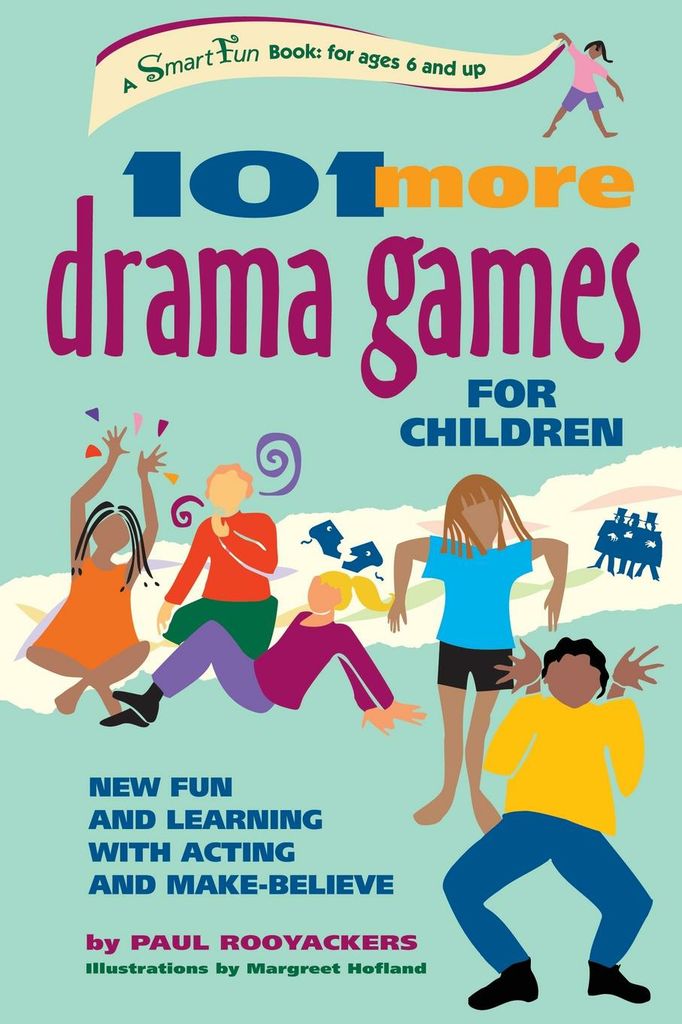 But this is rare: many games simply cannot afford it. This brings us to a difficult problem: on the one hand, if the player does not lose at least sometimes, what will be the challenge for him? On the other hand, his loss will hurt the involvement in the game.
But this is rare: many games simply cannot afford it. This brings us to a difficult problem: on the one hand, if the player does not lose at least sometimes, what will be the challenge for him? On the other hand, his loss will hurt the involvement in the game.
The various solutions to this problem that the developers resort to can be summarized in one piece of advice: the game should be perceived as more difficult than it really is, and the difference between real and apparent complexity is achieved through excitement and player involvement.
Hitboxes and heartboxes
Now let's talk about in-game combat systems, specifically hitboxes and heartboxes.
A hitbox is an area of a weapon or character that triggers during an attack. It is often implemented in the form of one or more simple geometric shapes - usually boxes, enclosing said weapon. When a hitbox collides with an enemy's heartbox that detects a unit's weak points, the system detects a hit on that enemy. nine0003
nine0003
Sounds simple enough, but there are many subtleties that can turn a good fight into a great one. In particular, we are interested in the opportunity to become as generous as possible towards the players.
Hitboxes and heartboxes are placed by designers by hand, usually attached to the bones of the 3D skeleton. Their shape and size are entirely at the discretion of the developers, and nothing prevents them from expanding one box and shrinking the other. And guess what: that's usually what they do. nine0003
Let's take Middle-Earth: Shadow of Mordor as an example . The picture below illustrates the idea in a simplified way:
Here we see four boxes:
- The player's weapon hitbox. It is stretched a little more than necessary: thus, the sword is longer than it looks visually.
- Enemy weapon hitbox. It exactly repeats the length of the sword, and in some games it is even shorter.
- Player heartbox. He carefully repeats the width of the torso, ignoring most of the protruding limbs and other parts of the body.
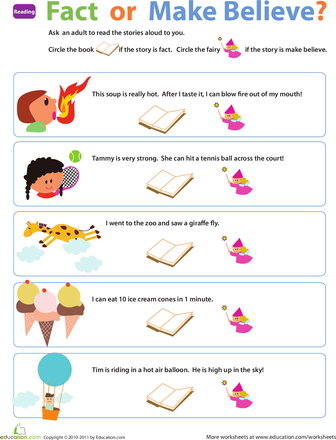 nine0010
nine0010 - Opponent heartbox. On the contrary, it covers all possible unit geometry.
The scenario above is a very good approach to avoid the player feeling cheated, as many players won't take a hit if the enemy's weapon only lightly touches their character's hand. They also don't like missing if they're sure their weapon is within reach of the enemy.
The following screenshot shows the actual situation of Shadow of Mordor where the player makes a successful attack without actually touching the enemy.
Looks funny, doesn't it? However, many players will not even notice this, because the attacks happen very quickly.
The combat mechanics are a crazy fun place to look for opportunities to reward the player: we could also mention enemies moving to a different location on purpose to give players enough time to heal, or those enemies who have their attack mode completely disabled if they are outside the cell…
But in general, are we still talking about how to spoil players? Or is it already about providing them with an affordable, generous, enjoyable experience?
Let's go back to some of the reasons why designers use these techniques: keeping players' attention, immersing them in the game, creating tension, shaping the desired behavior. .. It's not all about making the game look different than it is, but to create an exciting gaming experience by achieving the right perception, psychological state, and choice of players. nine0003
.. It's not all about making the game look different than it is, but to create an exciting gaming experience by achieving the right perception, psychological state, and choice of players. nine0003
Rubber-banding
If you've ever played AI racing, you should know that feeling: you're almost at the finish line ahead of everyone else, when all of a sudden your opponents start to magically accelerate and are already breathing down your neck. Or vice versa: you are struggling to catch up with the leaders, and suddenly their cars start to break down right in front of you, thus giving you a chance to win. This is rubber banding. And clumsy.
Every racing game faces the same problem: small mistakes in handling can lead to big consequences. It is worth making a turn a little wider or leaving it earlier than necessary, as you find yourself a hundred meters behind the car that handled it better. As a result, the rest of the way you trudge at the end in splendid isolation.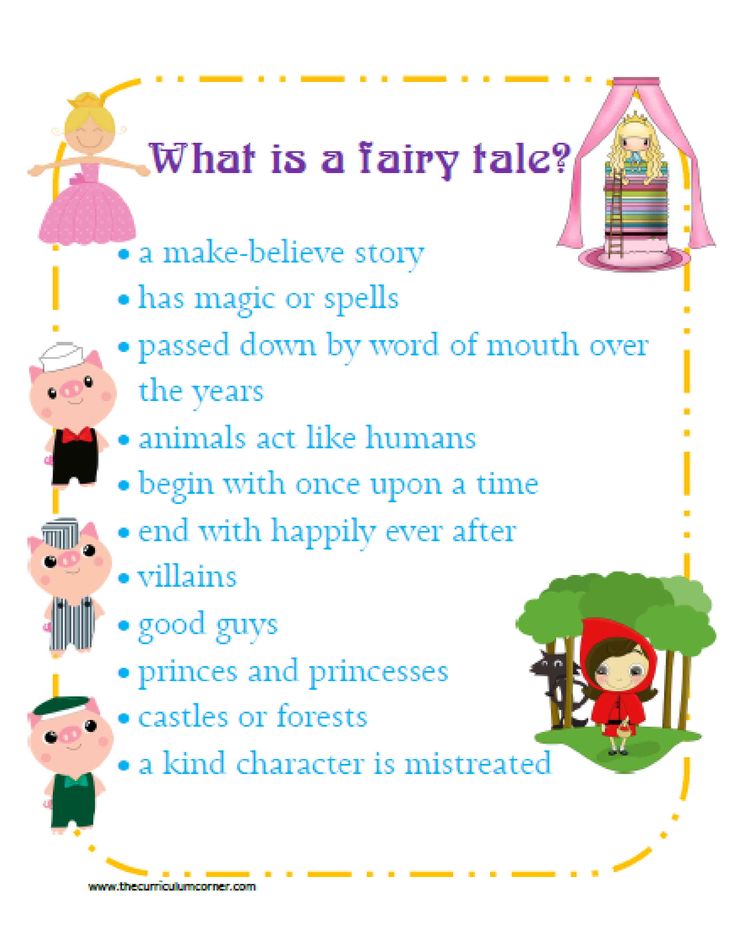 Naturally, games like Need for Speed can't afford it. Therefore, they cheat.
Naturally, games like Need for Speed can't afford it. Therefore, they cheat.
Imagine that the AI car is tied to the player's car with an imaginary rubber thread. The farther apart they are, the more that rubber band stretches, the more the AI will accelerate or the more likely it is to break the car to bring that rubber band back to rest. As a result, we have an extremely intense race from start to finish and competition with (seemingly) worthy opponents.
Game designers are like magicians: they have smoke and mirrors everywhere. But as soon as the player notices this, the magic disappears. And in the case of racing, sooner or later you will notice it.
Have you ever noticed that the following formula often works in racing games: (number of AI opponents) = (max number of players) * [x]? By playing racing, you can make sure that each of the players will have at least one AI opponent attached to their car. This ensures that even the worst player, far behind the other, can still experience the thrill of racing against their personal AI opponent. nine0003
nine0003
Understanding your players
Let's talk about Hollow Knight. This game has a very beautiful mapping mechanic: every time the player enters a new zone, at first he must open it for himself blindly until he finds Cornifer, who sells the player a map of the level. Usually it is hidden in some special place, so the player must look for the cartographer literally by breadcrumbs: by his singing or pages scattered on the floor.
But then the player reaches the Deep Nest, the most nightmarish level in the game: dark, deadly, built like a trap maze. Without a map, the player would die every now and then, so the development team resorted to a little indulgence and placed Kornifer not only close to the entrance to the location, but also duplicated it twice - one NPC for each of the possible entrances. When the player finds one of the cartographers, the other disappears as unnecessary, because the player already has a map. This is both elegant and caring - another little subtlety that makes the game a masterpiece. nine0003
nine0003
So is it okay to lie to players?
Complex issue. Each solution described here is somehow a small lie to the player. No, the player didn't survive on their skill alone and wasn't in close proximity to the enemy when they were killed. But how can this be considered normal just because the player does not notice it? Is it necessary to fight such tricks for the benefit of the future of the gaming industry? Everyone will have to answer this question for themselves. nine0003
How epic your adventure will be depends on both the players and yourself. But since you are the game designer here, you have the final say. You can change the rules, reward or punish players, spin the game again when the gameplay has stalled. Use this power. But be careful, because the best game masters are those who know how to let the player go in time.
15 games to develop memory, logic and fantasy from a theater teacher
Photos: Depositphotos / Illustrations: Julia Zamzhitskaya
How to develop intellectual abilities in children easily and naturally? - Play in class! Alla Lisitsina, director and teacher of the experimental center of the Russian Academic Youth Theater in Moscow, shares a list of games that will be useful to teachers and teachers of additional education.
Memory games
The average number of participants is about 20, depending on the specific game. Such games are aimed at activating, developing and training various types of memory - visual, kinesthetic, auditory. nine0003
1. Keen Eye
Players sit in a circle. With the help of a rhyme, a leader named Sharp Eye is selected. He is given 10-15 seconds to remember who is sitting where. Then the leader turns away, and the players change places. Turning around, Sharp Eye should remember the original seating arrangements of the players. In one of the variants of the game, the participants change the elements of clothing. The task of the presenter is to remember what the players were wearing.
2. Sculpture copies
The group is divided into equal parts. Each "builds" a sculpture of the participants. The opposing teams take turns showing each other their works. The task is to repeat the opponent's sculpture exactly.
3. “Looking for a friend!”
The group is divided into pairs. The players turn to each other, try to remember the details of the appearance of their counterpart for 10 seconds, and then disperse. With the help of a rhyme, they choose the one who will describe the appearance of a comrade. The rest of the members ask any questions that relate to his facial features or clothing. Based on the description, players must determine who is the “lost friend”. nine0003
4. “Be behind, but keep up!”
Players must follow the lead, but one move behind him. For example, the leader raises his right hand up - the players do nothing; the host raises his left hand - the players raise their right hand; the host puts his right hand on his belt - the players raise their left hand up; the host extends his right hand to the side - the players put their right hand on their belt and so on.
5. Logic games
The number of participants is from 10 to 30 people.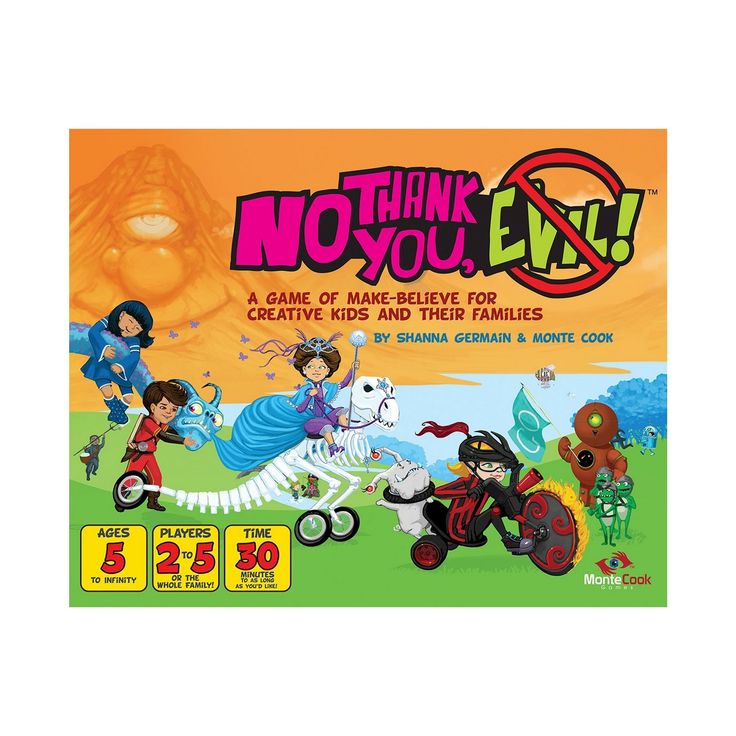 Such games teach children to think logically, reason consistently and conclusively, analyze and find connections between events and objects.
Such games teach children to think logically, reason consistently and conclusively, analyze and find connections between events and objects.
6. "Little Fairy Tale"
Players are given three cards with the image or name of animals, people, birds, parts of the world or geographical phenomena. Everyone has to come up with a fairy tale of five sentences, in which the images on the cards will be logically connected. The winner is the player whose fairy tale seemed to everyone the most interesting. nine0003
7. Confusion
Players join hands in a circle. According to the counting table or at will, the leader is selected. He closes his eyes or goes out the door. Without opening their hands, the participants "confuse" the circle. The leader must return the participants to their original position in the circle.
8. "Outbuildings"
At the signal of the leader (or to the music), the players begin to move vigorously.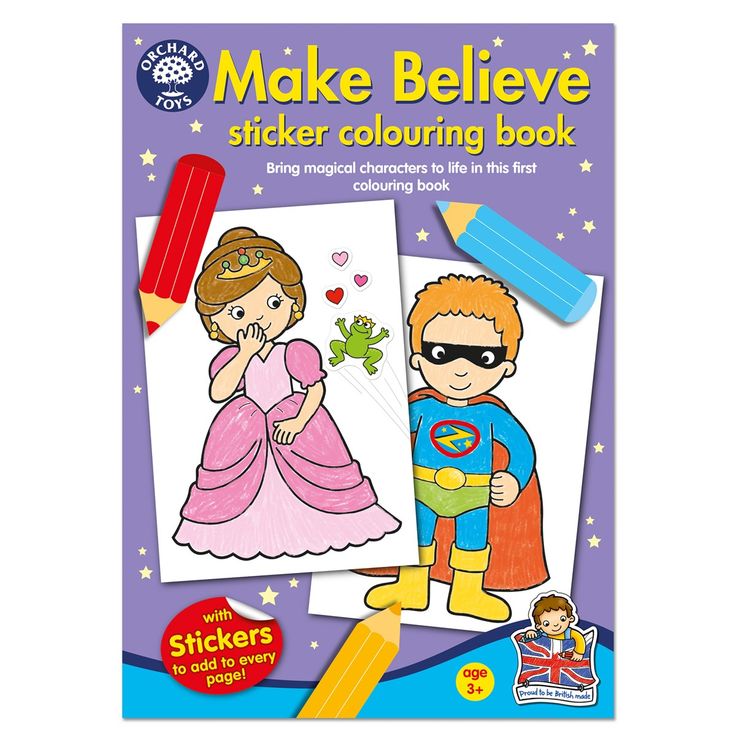 At the next signal (or when the music stops), they freeze in an arbitrary position. The host chooses one of the frozen participants, other players begin to join him one by one, logically, in their opinion, complementing the sculptural group. As a result, a collective sculpture is born. Those who did not enter it come up with a name and try to explain the logic of the attachment of participants to each other. nine0003
At the next signal (or when the music stops), they freeze in an arbitrary position. The host chooses one of the frozen participants, other players begin to join him one by one, logically, in their opinion, complementing the sculptural group. As a result, a collective sculpture is born. Those who did not enter it come up with a name and try to explain the logic of the attachment of participants to each other. nine0003
9. “Proverb in freeze frame”
The team is divided into subgroups. The number of people in each depends on the proverb: for example, "One with a bipod, and seven with a spoon!" - eight people, "If you like to ride - love to carry sleds!" - three or four people. Next, the subgroups act out the proverb, freezing in a “freeze frame”.
10. "Detective"
Participants stand in a tight circle. With the help of a rhyme, a "detective" is chosen. Then everyone closes their eyes, and the leader, passing behind the backs of the players, touches one of them.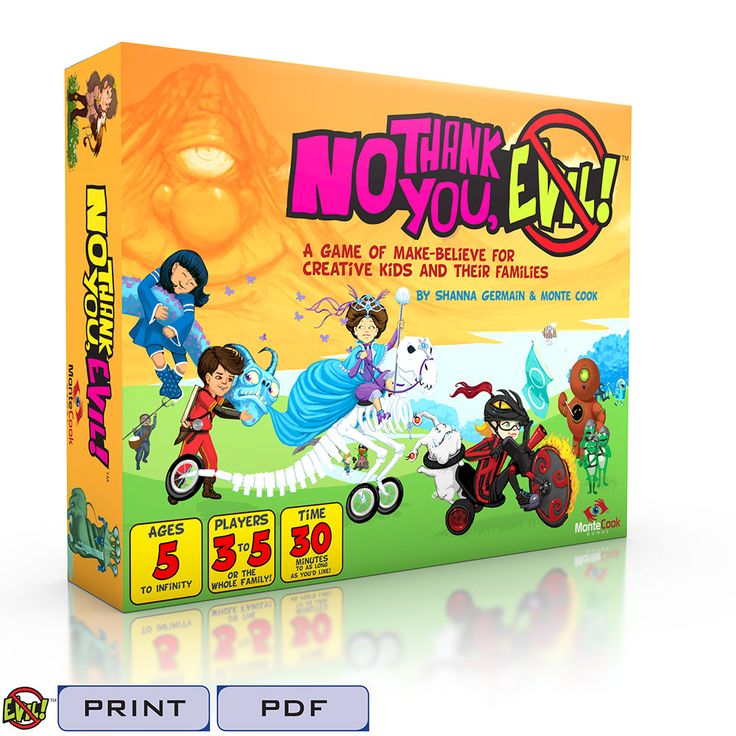 This is a "killer". According to the rules of the game, everyone knows the "detective", but no one knows the "killer". At the signal of the host, a chaotic movement begins on the site. All players look into each other's eyes. The "Killer" can "kill" any player other than the "Detective" by simply winking at him. The “killed” player takes a few more steps and falls (or leaves the area). The "Detective" moves along with all the players and watches. His task is to calculate the "killer". The game ends when the "killer" is found. nine0003
This is a "killer". According to the rules of the game, everyone knows the "detective", but no one knows the "killer". At the signal of the host, a chaotic movement begins on the site. All players look into each other's eyes. The "Killer" can "kill" any player other than the "Detective" by simply winking at him. The “killed” player takes a few more steps and falls (or leaves the area). The "Detective" moves along with all the players and watches. His task is to calculate the "killer". The game ends when the "killer" is found. nine0003
Children's theater studio Irbis invites children from 4 to 17 years old. Irbis is more than 10 years of work and more than 35 branches throughout Russia.
Classes in the studio will be useful both for children who dream of an acting career and for those who want to become more confident, overcome stage and performance fear, learn to speak and behave beautifully, get acquainted with new literary works and make new friends
In the training program - acting, vocals, stage movement, stage speech.
Studio teachers are professional theater and film actors. nine0003
Fantasy development games
The number of participants is from five people, depending on the game. The purpose of the classes is to maximize the use of the right hemisphere of the brain, which is responsible for creativity, fantasy, imaginative thinking.
11. "Mechanisms"
The group is divided into teams of unequal number of players. Each team is given a card with the name of the mechanism (for example, a washing machine - four people, a Christmas tree garland - from six people, a vacuum cleaner - from three people). Groups must simulate the operation of their mechanism without any means or materials at hand. nine0003
12. "Transformations"
Players stand in a circle. A chair is placed in its center, a pencil is placed on it. The task of the participants is, with the help of certain actions, to make the viewer believe that he "turns" into an object similar in shape and hardness to a pencil (for example, into a fork), into an edible product, an animal or a bird, a soft object. Then the pencil is replaced with a scarf - and it is "turned" into something soft (for example, into a pillow), hard, sports equipment, a living creature or a plant. After that, the chair itself is “turned” into an object that is not furniture (for example, into a cart from a supermarket), into a plant, animal, or technique. The game ends when the fantasy runs out. nine0003
Then the pencil is replaced with a scarf - and it is "turned" into something soft (for example, into a pillow), hard, sports equipment, a living creature or a plant. After that, the chair itself is “turned” into an object that is not furniture (for example, into a cart from a supermarket), into a plant, animal, or technique. The game ends when the fantasy runs out. nine0003
13. "Sculpture Garden"
The group is divided into pairs, in which one player becomes a sculptor, the other - "clay". The host invites the sculptors to “sculpt” their favorite toy (the hero of a play, cartoon or book) out of “clay”. To do this, you need to create the pose and emotions of your hero. When the work is ready, the host invites the participants in the game to give a name to each work. If the hero is recognized, the author bows and “takes” his work. If the hero cannot be identified, the author is asked questions that can only be answered with “yes” or “no”. Then the sculptor and the "clay" change roles.

